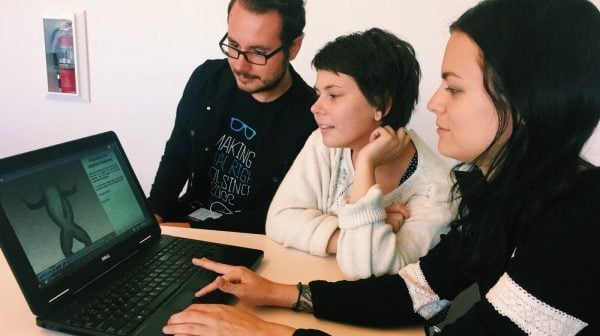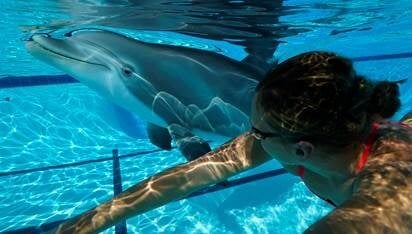Virtual Field Trips: The Future Is Here
How Do Virtual Field Trips Help Animals?
There’s a big world outside the classroom, and teachers can help their students explore it without hurting animals. Many educators (and members of the public) have come to realize that animal circuses, marine parks, aquariums, and roadside zoos aren’t educational because visitors see mere shadows of animals, defeated beings who can’t engage in natural behavior or live as nature intended. These places teach people that it’s acceptable to imprison animals in conditions of deprivation, deny them the chance to establish natural territory and explore, breed and group them as humans—not they—please, and watch them go insane from frustration and loneliness.
Taking a field trip to such a facility sends the message that it’s OK to exploit other sentient beings just because we can. This is contrary to the Golden Rule, which we urge children to follow in their interactions with others.
We would never want to be deprived of our freedom, as the animals in circuses, marine parks, aquariums, and roadside zoos are. And considering the current epidemic of bullying, it’s harmful to teach young people that those who are weaker deserve to be mistreated.
Animals used in roadside zoos, pseudo-sanctuaries, and traveling shows and displays are forced to spend their lives behind bars just to entertain the public. Living conditions are often dismal, and animals are typically confined to cramped, filthy, barren enclosures. This deprivation—combined with relentless frustration, loneliness, neglect, and even abuse from the people who are supposed to be caring for them—causes many animals to lose their minds. Those suffering from this kind of psychological distress often rock, sway, or pace endlessly, and some even resort to hurting themselves by chewing on their own fingers or limbs or pulling out their fur or feathers.
So what do you do if you’re a compassionate teacher who wants to help your students learn all about wild animals, spark their wonder, engage them in a unit of study, and foster their empathy for animals? Virtual field trips can help you model the compassion that you want to instill in your students. Explain to your class why you’re not taking them to an animal circus, a marine park, an aquarium, or a roadside zoo—they’ll appreciate this.
Live-animal cams are exciting because they allow you to visit the world of wild animals in real time—without disrupting them! From watering holes in Africa to the Arctic tundra, let live videos help your students experience what life is like for wild animals on their own terms, not ours.
After all, if you think about it, we send a mixed message to kids when we teach them about the natural behavior of wild animals and then take them to see those same animals in an environment in which they can’t engage in this behavior.
What Does a Virtual Field Trip Look Like?
First, decide if you want to view live cams or live-cam highlights.
Live cams are cameras that are pointed at certain areas of a habitat where animals are seen frequently. You may have to wait before an animal comes into view, but this can build anticipation and excitement, because when you see animals, you’ll know it’s happening in real time!
Live-cam highlights consist of recorded footage from a live cam. They offer a more predictable adventure, because you can view the recorded version prior to showing it to your students, so you can guarantee that they’ll see animals engaging in natural behavior.
Virtual field trips offer new opportunities. You can assign “live-cam lookout” as a classroom job or use it as an incentive to reward good behavior. A student can be put in charge of watching the live cam (while continuing to do classwork) and alerting the class when an animal comes into view. Or you could choose to leave the live cam up on the screen and have the first student to see an animal yell, “Live cam!” and get a reward. The class could visit a different area of the world each day or week.
Tell students that scientific observation is very important when studying animals. Have them record only what they can see and hear. Then, they can review the data that they’ve recorded and draw conclusions about animals’ behavior.
Explain how Jane Goodall was the first to discover that chimpanzees use tools when she studied them in their natural habitat. Before this discovery, scientists thought that only humans used tools. So you never know—your class might see an animal do something on the live cam that has never been seen before!
Student Observation
Guide students as they observe the animals. Have them record the following things:
- What the animals are doing (for example, walking, eating, sleeping, or playing) as well as how many times or for how long
- How the animals interact with their own and other species (For example, hippos may dive into the water when an elephant approaches a watering hole.)
- How the animals respond to different weather (For example, orangutans may use big leaves to cover their bodies when it rains.)
- What the animals do when a baby is present
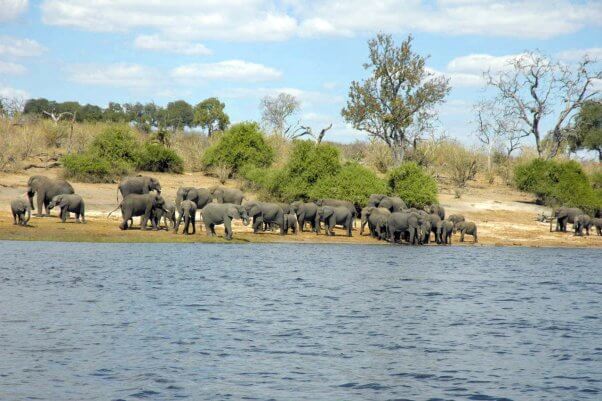
If there’s a group of animals, you could have your students watch and record the behavior of one particular animal of their choice. Have them draw conclusions from their data about the role that the animal plays within the group (for example, matriarch, baby, or lookout).
While your class is waiting to see animals on a live cam, students could predict how long it will take before an animal comes into view, what animals will be doing, and which ones will be seen (based on habitat study).
There are additional educational benefits to virtual field trips. For example, students will be able to view mutualistic relationships, like that of the oxpecker bird and the rhinoceros, the zebra, and some other animals. Oxpeckers land on larger animals and eat ticks and other parasites that live on their skin. They get food, and the rhinos, zebras, and other animals get relief from bites.
Let’s Go on a Humane Trip!
Below is a list of some virtual field trips that your class could take. Keep in mind the time difference between your location and the location of the live cams. Live-cam highlights usually become available after sunset in the live-cam location.
Free-Roaming Animals
It’s awe-inspiring to watch majestic, free-roaming animals. Observing how they move, what they eat, when they rest, and how they interact with their family members or other species gives us a glimpse into their world. When your students see animals on the other side of the world in real time, it can help them feel as if the animals have shared personal information about their life with them.
Land Animals
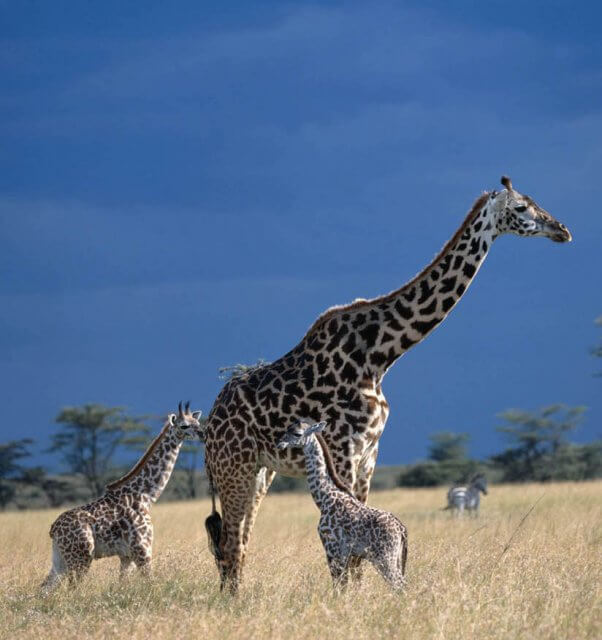
- Kenya—African River Wildlife (elephants, zebras, giraffes, and others)
- Kenya—African River Wildlife 2 (monkeys, baboons, and others)
- Kenya—African Wildlife (lions, giraffes, zebras, and others)
- Kenya—African Wildlife 2 (hyenas, leopards, and others)
- Kenya—Watering Hole (elephants, hippos, and others)
- Manitoba, Canada—Tundra Buggy Lodge View (polar bears)
- Manitoba, Canada—Tundra Buggy View (polar bears)
- Manitoba, Canada—Wapusk National Park 1 (polar bears)
- Manitoba, Canada—Wapusk National Park 2 (polar bears)
- Saskatchewan, Canada—Calving Plains (bison)
- Saskatchewan, Canada—Plains (bison and prairie dogs)
- Saskatchewan, Canada—Watering Hole (bison)
Birds
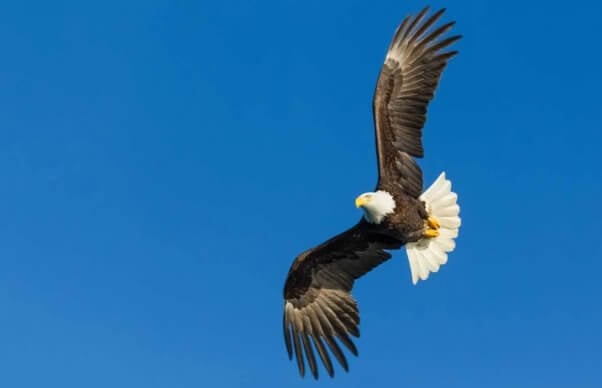
- California—Bald Eagle Nest
- Iowa—Bald Eagle Nest
- Maryland—Great Blue Heron Nest
- Maryland—Osprey Nest
- Maryland—Peregrine Falcon Nest
- Minnesota—Peregrine Falcon Nest 1
- Minnesota—Peregrine Falcon Nest 2
Marine Life

- Atlantic Ocean (off the Coast of North Carolina)—Underwater (sharks)
- British Columbia, Canada—Orca Lab, Base Lookout (orcas)
- British Columbia, Canada—Orca Lab, Beach (sea lions)
- British Columbia, Canada—Orca Lab, Lookout 1 (orcas)
- British Columbia, Canada—Orca Lab, Lookout 2 (orcas)
- British Columbia, Canada—Orca Lab, Underwater (orcas)
- Florida—Blue Spring State Park (manatees)
- Grand Cayman Island—Underwater (fish and reef)
- Manitoba, Canada—Underwater (beluga whales)
Animals at Accredited Sanctuaries
You may also consider a virtual field trip to an accredited animal sanctuary using live cams. Observing animals in this type of environment gives you a good opportunity to discuss why animals sometimes need to be rescued.
Keep in mind that the fundamental purpose of legitimate sanctuaries is to provide animals with safe, comfortable living conditions that give them as natural a life as possible. No reputable sanctuary breeds animals, sells them, or allows “hands-on” interactions with them, including taking photos with them or taking them out for public display.
- Florida—Big Cat Rescue, Bobcat Rehab and Release
- Florida—Big Cat Rescue, Feeding Station (The best time to view this live cam is between 7:30 and 9 a.m. ET.)
- Florida—Big Cat Rescue, Hospital Surgery Room (lions, tigers, leopards, bobcats, and other big cats)
- Florida—Big Cat Rescue, Nikita the Lion
- Florida—Big Cat Rescue, Tiger Lake
- Florida—Big Cat Rescue, Vacation Rotation (tigers)
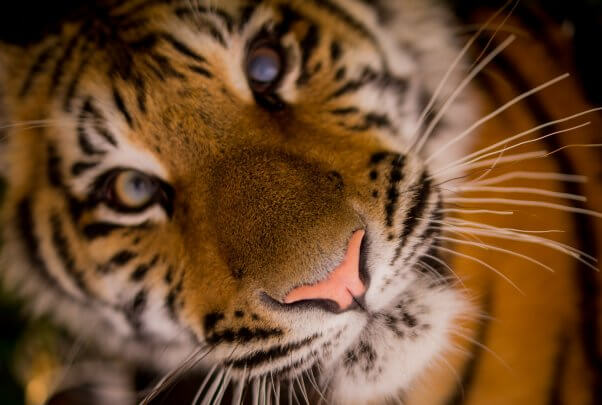
- New York—Farm Sanctuary, 360° View (Be sure to check out the sanctuary’s in-classroom program that uses virtual reality headsets if you live in New York City, the Philadelphia metro area, or the San Francisco Bay Area.)
- New York—Farm Sanctuary, Cattle Pasture Panorama
- New York—Farm Sanctuary, Cattle Pond Pasture
- New York—Farm Sanctuary, Pasture (cows and others)
- New York—Farm Sanctuary, Pig Pasture
- New York—Farm Sanctuary, Sheep Barn
- New York—Farm Sanctuary, Sheep Pasture
- New York—Farm Sanctuary, Turkey Barn
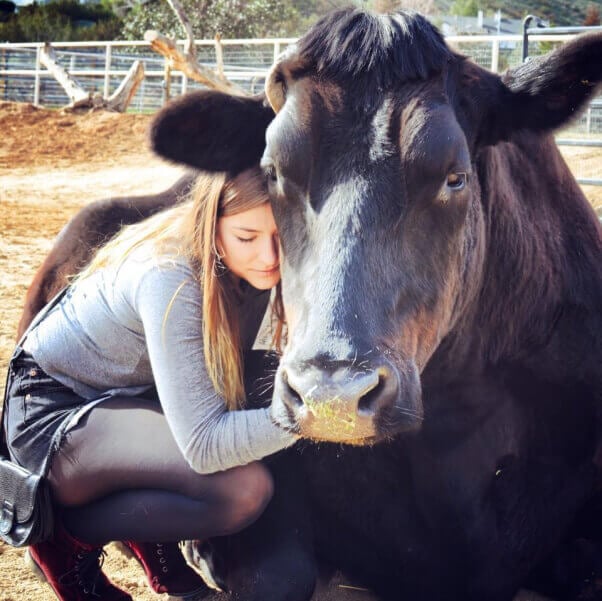
- Tennessee—The Elephant Sanctuary (Be sure to check out the sanctuary’s distance learning program.)
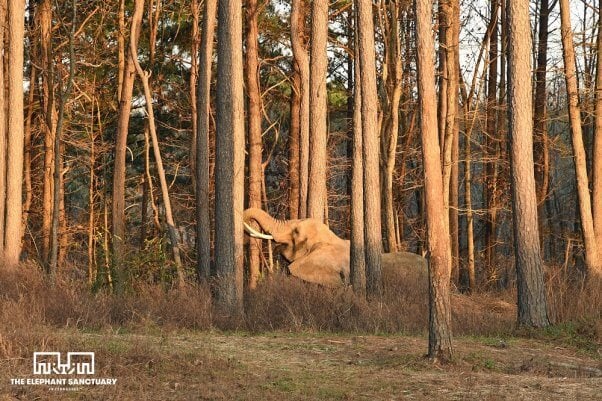
Additional Resources From TeachKind
- Our FREE lesson plans and activities give you the resources to supplement your virtual field trip with humane-themed lessons.
- Order FREE TeachKind materials for your classroom to complement your virtual field trip.
- Contact us for suggestions or advice on incorporating virtual field trips into your curriculum.
*****
Let your students see animals enjoying their freedom and enjoy a day “in nature” with your class.


